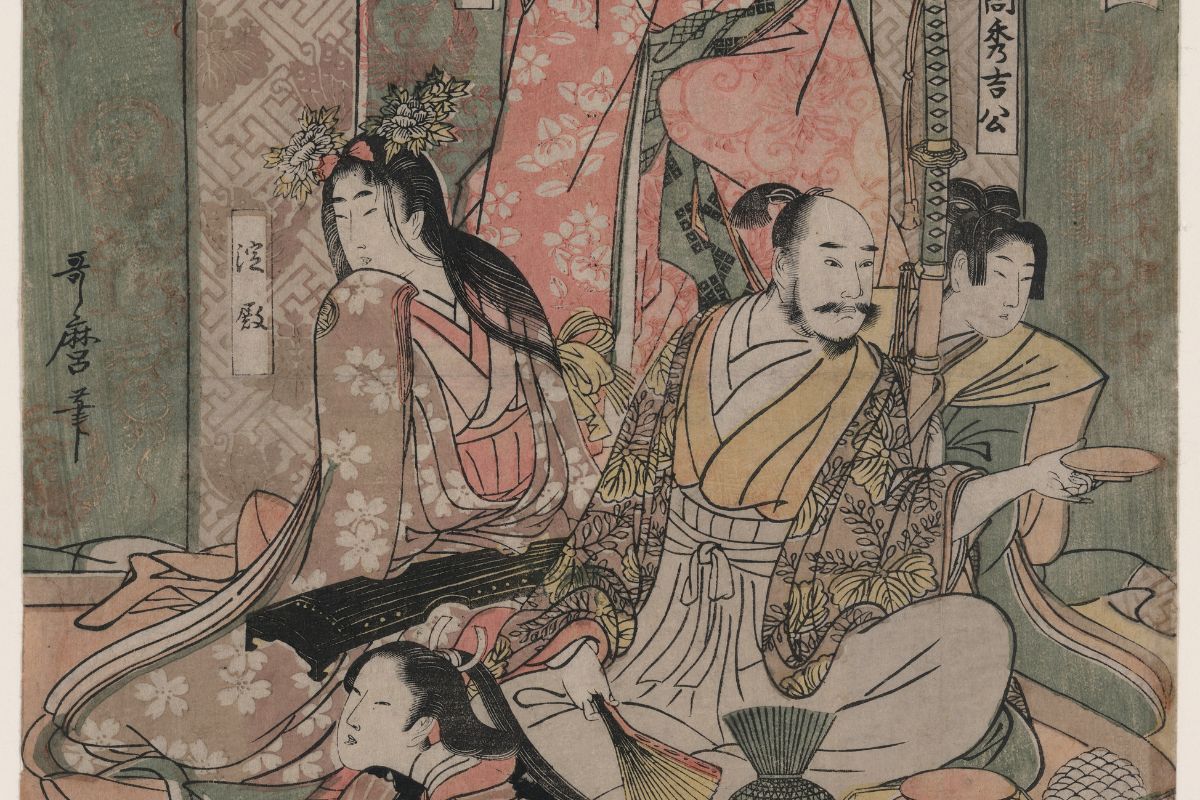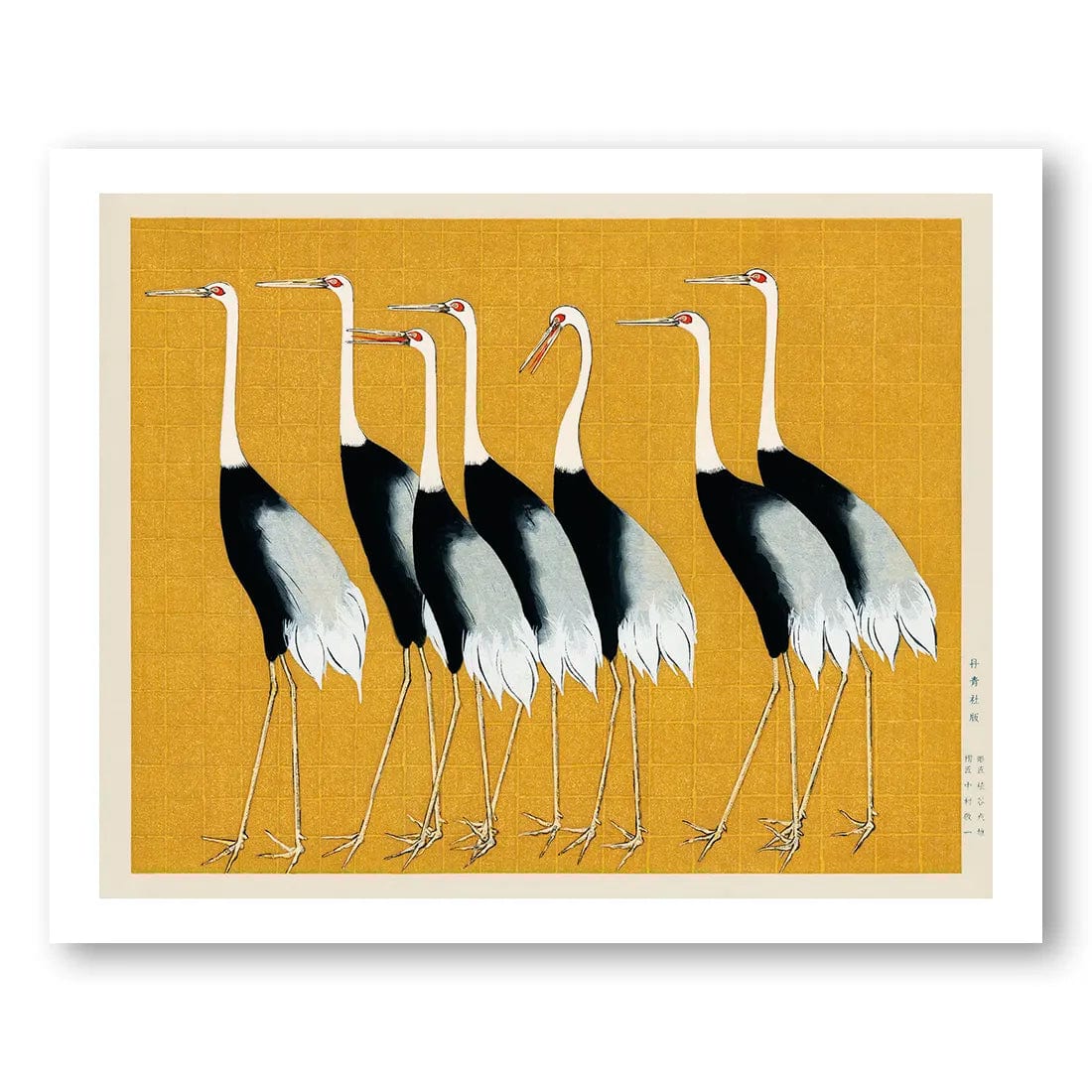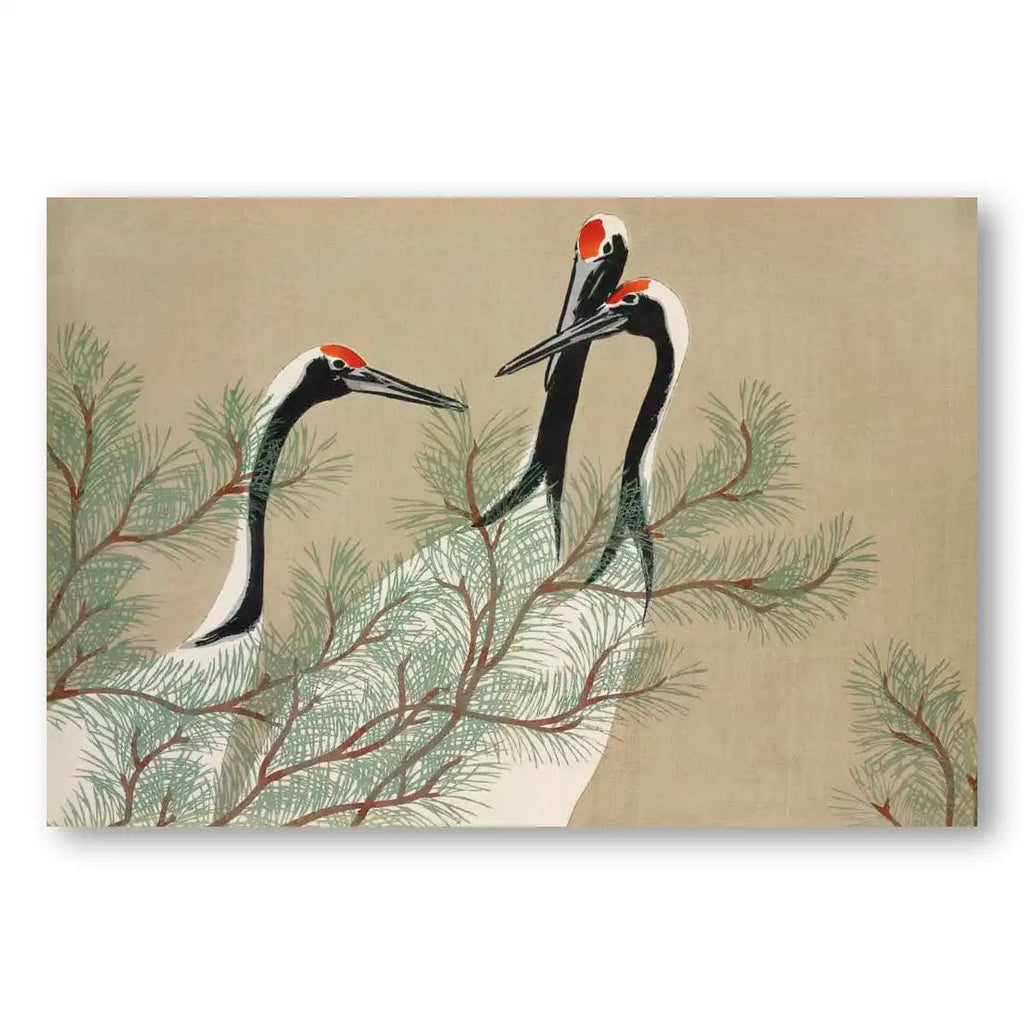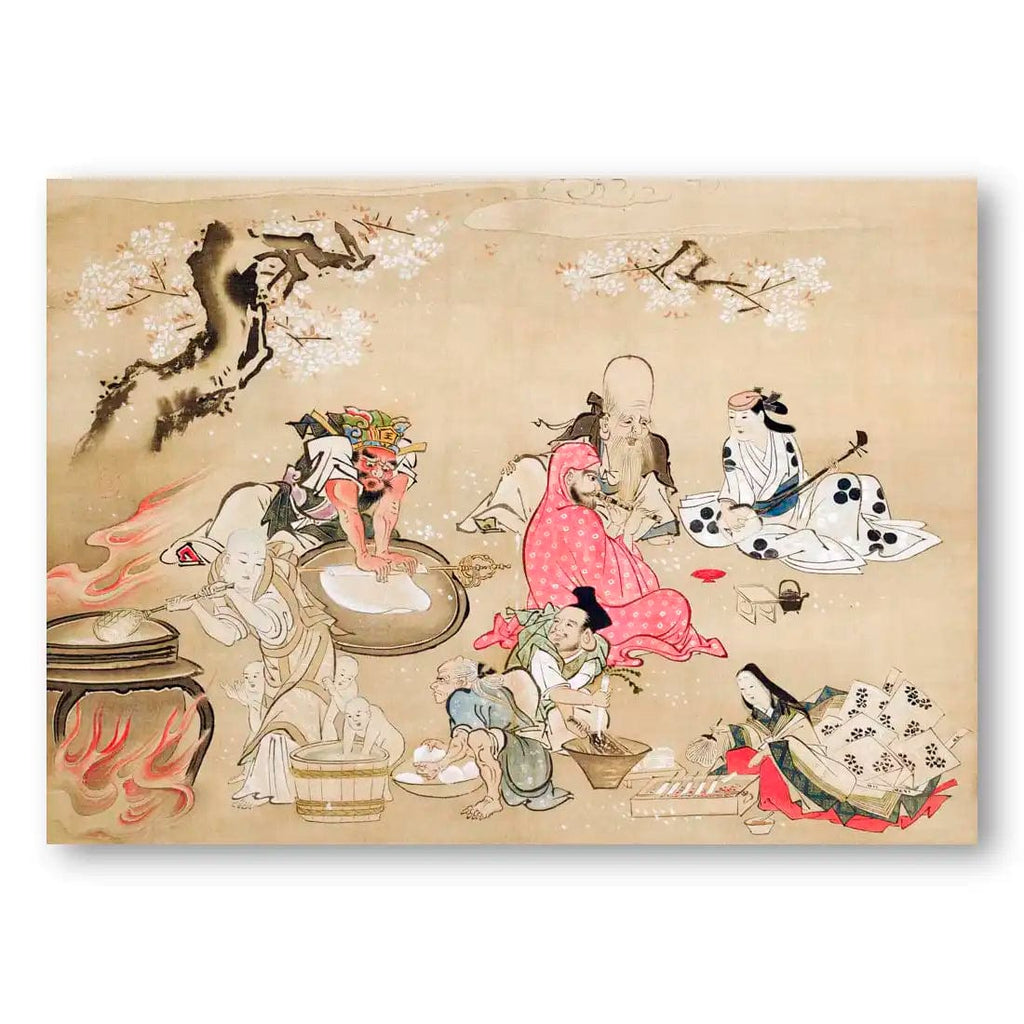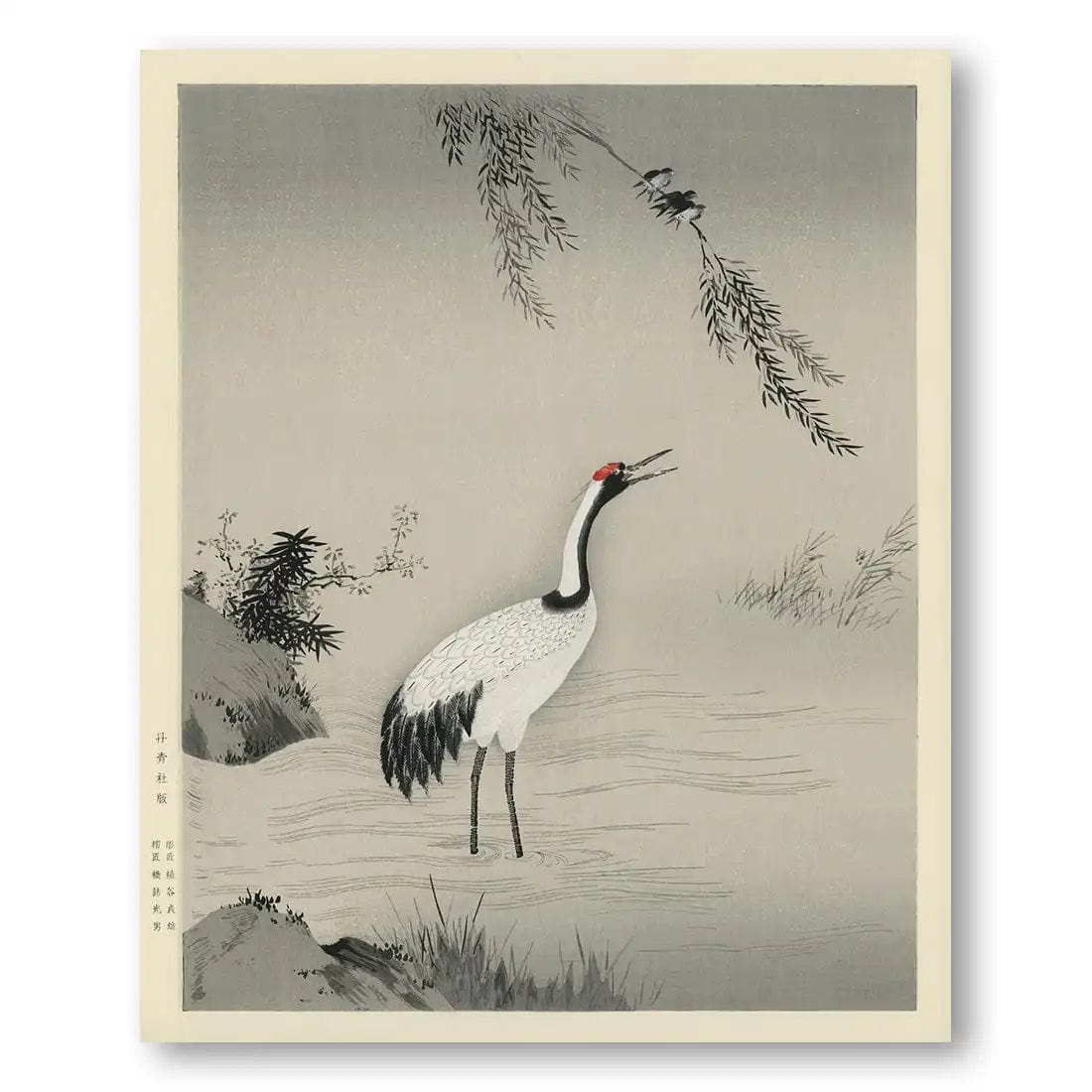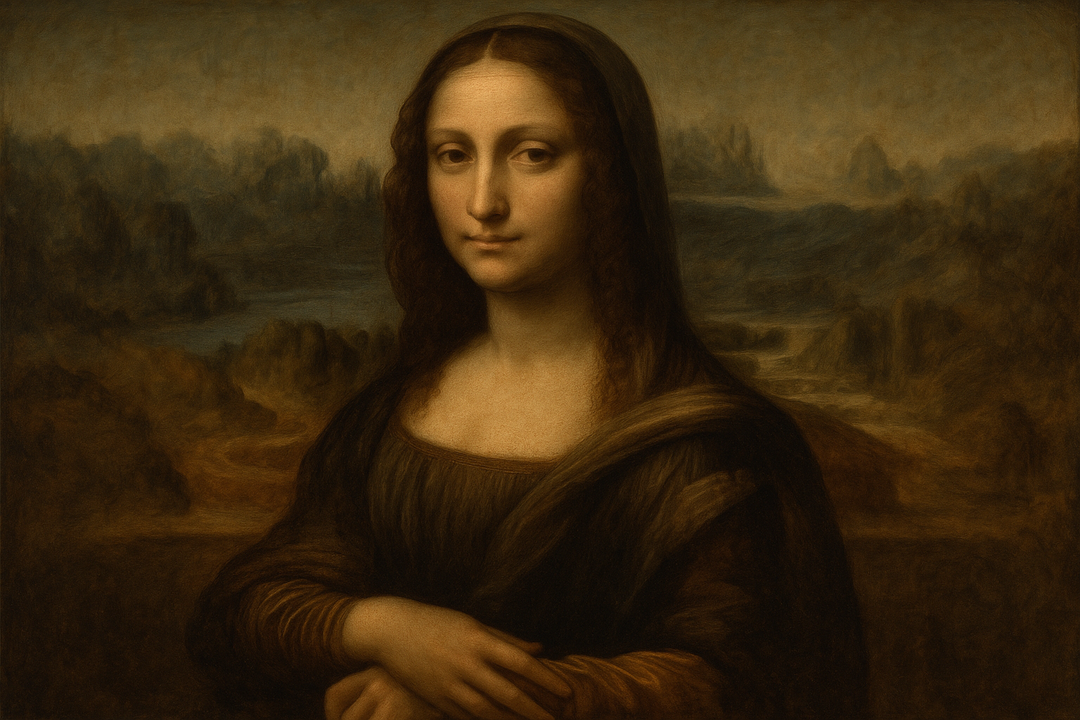Key Takeaways
- Rinpa school emerged in 17th-century Kyoto through Hon'ami Kōetsu and Tawaraya Sōtatsu's innovative fusion of calligraphy and painting
- Distinctive techniques include tarashikomi (wet-on-wet painting) and decorative gold leaf backgrounds
- Masters like Ogata Kōrin established the school's refined aesthetic principles
- Modern designers from Issey Miyake to contemporary artists continue drawing inspiration from Rinpa
Originating in Japan during the late 16th and early 17th century, Rinpa represents one of the most sophisticated and influential schools of Japanese decorative art. According to The Metropolitan Museum of Art, this distinctive style stands out for its use of striking, vivid colors, innovative techniques, and themes drawn from nature, literature, and classical Japanese aesthetics.

A Rinpa master at work in his Kyoto studio, applying the signature gold leaf technique
Rinpa's Revolutionary Origins: Art Meets Innovation
The Rinpa school was founded by the revered Hon'ami Kōetsu (1558–1637), a multitalented artist who revolutionized Japanese aesthetics. According to The Smithsonian's National Museum of Asian Art, Kōetsu collaborated with the painter Tawaraya Sōtatsu to create a unique artistic fusion that blended calligraphy and painting into unified masterpieces.

Tawaraya Sōtatsu creating his revolutionary wave paintings in traditional Rinpa style
Cultural Innovation
Kōetsu's innovation of incorporating gold leaf as both background and decorative element represented more than aesthetic choice—it symbolized the spiritual concept of luminosity and reflected the wealth and cultural confidence of Kyoto's merchant class during Japan's early Edo period.
Signature Techniques: The Art of Tarashikomi and Gold Leaf
Rinpa artists developed distinctive techniques that set their work apart from other Japanese painting schools. The most revolutionary was tarashikomi ("dripping in"), where artists applied wet pigment onto still-wet surfaces to create spontaneous, organic effects resembling flower petals, water ripples, and cloud formations.

Ogata Kōrin's masterful iris screen showcasing the luminous gold-and-indigo aesthetic
Essential Rinpa Techniques
- Tarashikomi: Wet-on-wet layering creating unpredictable, organic textures
- Gold & Silver Backgrounds: Luminous metallic surfaces symbolizing divine light and eternal beauty
- Mokkotsu ("Boneless"): Painting without defining outlines, emphasizing color and form
- Decorative Patterning: Stylized natural motifs arranged in rhythmic, flowing compositions
Professor Yukio Lippit discusses Rinpa techniques and traditions at The Metropolitan Museum of Art
Masters of the Rinpa School
Tawaraya Sōtatsu (d. c.1643)
Innovation: Pioneered tarashikomi technique and large-scale screen paintings
Legacy: Created the famous "Waves at Matsushima" and established Rinpa's decorative principles
Ogata Kōrin (1658–1716)
Innovation: Refined decorative style and systematic approach to design
Legacy: His "Red and White Plum Blossoms" exemplifies Rinpa's sophisticated aesthetics
The Evolution of Rinpa: From Classical to Contemporary
Over the centuries, the Rinpa style witnessed remarkable transformations that reflected Japan's changing cultural landscape. According to Harvard University's East Asian Art Program, the school grew more lavish in the 18th century with extensive use of gold leaf and increasingly precise depictions of nature. By the 19th century, Rinpa artists began adopting Western techniques, bringing unprecedented realism to their traditional aesthetic framework.

Edo-period art salon showcasing Rinpa's opulent screens and decorative arts
Timeline of Rinpa Evolution
- Early Period (1600s): Foundation by Kōetsu and Sōtatsu; establishment of core techniques
- Classical Period (1700s): Refinement by Ogata Kōrin; peak of decorative sophistication
- Late Period (1800s): Integration of Western realism; expanded subject matter
- Modern Revival (1900s-Present): Contemporary reinterpretation in fashion, design, and fine arts
Rinpa's Influence on Ukiyo-e and Popular Culture
The rise of ukiyo-e woodblock prints during the Edo era was profoundly shaped by the Rinpa school's decorative principles. This creative fusion produced some of the most iconic Japanese artworks of the period, influencing everything from popular culture to Western Impressionism.

Ukiyo-e printmakers drawing inspiration from Rinpa's luxurious patterns and motifs
Modern Influence: From Issey Miyake to Contemporary Art
Today, the Rinpa school continues to profoundly influence global design and contemporary art. Fashion pioneer Issey Miyake drew extensively from Rinpa's aesthetic principles, incorporating its flowing patterns and emphasis on natural forms into groundbreaking garment designs. According to The Metropolitan Museum's analysis, contemporary artists continue adapting Rinpa's techniques into modern mediums, from digital art to architectural design.
Contemporary Applications of Rinpa Principles
- Fashion Design: Flowing patterns and natural motifs in haute couture
- Interior Design: Gold leaf accents and organic decorative elements
- Digital Art: Layered transparency effects inspired by tarashikomi
- Ceramics & Textiles: Traditional patterns adapted for contemporary living
- Garden Design: Asymmetrical compositions reflecting Rinpa's spatial arrangements

Modern fashion designers reinterpreting traditional Rinpa patterns for contemporary textiles
Collecting Rinpa: Investment and Appreciation
For Modern Collectors
According to Apollo Magazine's collecting guide, authentic Rinpa works by true masters command significant prices due to their rarity and cultural importance. Modern collectors should focus on:
- Authentication: Provenance and expert verification are crucial
- Condition: Gold leaf preservation and silk substrate integrity
- Attribution: Works by major masters vs. school followers
- Historical Significance: Pieces representing key stylistic developments
FAQs: Understanding Rinpa Art
How do I identify authentic Rinpa art vs. modern reproductions?
Look for: traditional materials (silk, mineral pigments, gold leaf), evidence of hand-application techniques, appropriate aging patterns, and documented provenance from reputable sources.
What makes Rinpa different from other Japanese art schools?
Rinpa's distinctive features include: decorative rather than narrative focus, extensive use of metallic backgrounds, tarashikomi wet-on-wet technique, and rhythmic patterns derived from classical literature themes.
Why are Rinpa works important to collectors today?
Rinpa represents the pinnacle of Japanese decorative art, bridges traditional and modern aesthetics, and continues influencing contemporary design. Major museum collections worldwide recognize its artistic and cultural significance.
Discover Authentic Rinpa Art Prints for Your Space
Bring the timeless beauty of Rinpa artistry into your home with these carefully selected authentic prints. Experience the mastery of Japan's greatest decorative artists through museum-quality reproductions that capture every detail of their revolutionary techniques.
Why Choose These Rinpa-Inspired Prints?
- Museum Quality: High-resolution reproductions capturing every brushstroke and gold leaf detail
- Multiple Formats: Available as fine art prints, framed artwork, or mounted canvas
- Authentic Subjects: Traditional motifs including cranes, cherry blossoms, and seasonal themes
- Expert Curation: Selected for their historical significance and artistic excellence
- Premium Materials: Printed on fine art paper with archival inks for lasting beauty
Explore Further
Deepen your understanding of Rinpa art by visiting world-class collections at The Metropolitan Museum of Art, Tokyo National Museum, or exploring scholarly resources through Oxford Academic Bibliographies.
Conclusion: Rinpa's Enduring Legacy
Rinpa represents far more than a historical art form—it embodies a sophisticated aesthetic philosophy that continues shaping global design thinking. From its revolutionary techniques to its profound influence on contemporary artists, Rinpa's legacy demonstrates how traditional Japanese aesthetics can transcend cultural boundaries and historical periods.
Whether you're drawn to the technical mastery of tarashikomi, the spiritual symbolism of gold leaf backgrounds, or the way modern designers reinterpret classical motifs, Rinpa offers profound insights into the relationship between art, nature, and cultural identity. As museums worldwide continue celebrating this remarkable artistic tradition, Rinpa's influence will undoubtedly continue inspiring new generations of artists and art lovers.
About This Article: This comprehensive guide was researched using authoritative sources including The Metropolitan Museum of Art, Tokyo National Museum, Harvard University, and leading academic publications. All external links open in new tabs for your convenience.




